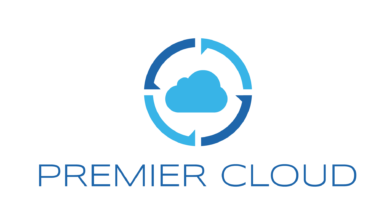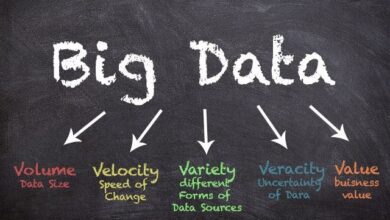Make People Want to Use Open Data

The Washington State Open Data portal homepage got a makeover this spring, and the upgrade is about much more than aesthetics — it’s part of the state’s goal to help people understand just how valuable public data can be.
“Open data is like a treasure trove,” said the state’s first chief data officer, Irene Vidyanti, in an interview with Government Technology. She went on to say that the value of the data lies in that it’s free and available for anyone to use, whether it be for research projects or learning more about how the government is functioning.
Yet, a usability study conducted in 2023 proved that many people were confused about how to use the portal, first launched in 2011. That wasn’t a surprise to the state’s open data team; they carved out money in the budget for the review because they knew there were usability problems.
Now, they’ve published a new homepage that they hope will get more people engaged in the data and help them understand how it can benefit them. It’s the first step in a goal to reinvent what open data means to people who live in Washington and beyond.
WHAT CHANGED?
Washington revamped the homepage with a few upgrades and relaunched the website in February. The first revision was to introduce categories near the top of the screen so users could quickly navigate to the type of data they were searching for.
Second, they included more information about how to use the portal by providing links that offered basic data literacy help, and invited the public to provide ideas about the kind of data they’d like to see.

Including the public in conversation about the future of the open data portal is a priority for the state’s open data manager, Cathi Greenwood.
”We don’t have a user community right now, and that’s a big thing I really want to build,” said Greenwood. “As the central open data portal administrators and managers, we don’t have a community we can reach out to. We do want that so we can be getting more of that feedback.”
The state is also working to improve other pain points revealed by the survey: Users want better tags to make data sets easier to find in search, as well as more detailed metadata.
HOW OPEN DATA IS SAVING TIME
Beyond engaging the public in what the government is working on, the open data portal has become useful for agencies likely to receive many Freedom of Information Act (FOIA) requests.
For instance, the state’s Public Disclosure Commission chose to use automation to make data available online when a candidate runs for office. With the new process, candidates have to file a form online, which will then become available on the open data portal minutes after it’s received.
The idea came after the department would often receive FOIA requests from the media, looking for confirmation that a candidate had filled out the paperwork to launch a campaign.
“It’s really allowing the people working with the data to focus on the work they need to do,” said Greenwood. “They don’t have to pause to pull it because they’re proactively publishing what they know people need.”
HOW OPEN DATA IS IMPROVING TRANSPARENCY
Other popular data sets on the portal allow people to vet professionals and businesses before they’re hired.
The Department of Labor and Industries publishes data about professional licenses, and whether the professional has received complaints.
“You’re able to verify that information before you hire someone,” added Greenwood.
The Department of Health publishes credentials for health-care providers. It’s the most accessed data set on the portal currently, with nearly 3 million total views and 138,000 downloads.
The Department of Licensing provides data about electric vehicles, which is used for a variety of purposes, including by public utilities who can look at the data and determine where they need to beef up the electrical system to charge people’s cars based on where they have been purchased.
WHAT’S NEXT?
Washington’s open data team is now working with students at the University of Washington to develop a collection management strategy for the website, similar to how a physical library would operate. The student team is made up of library information students, and they’re creating a plan for the state to determine when data is out of date and should be removed, and how to introduce data sets that would be of most interest to the community.
”I’m really excited about it,” said Greenwood. “That’s going to be something that we get to implement that helps us have a strategy for how we determine what to prioritize to bring in.”
Students are working on other projects to enhance the open data portal, like designing a new search page with the ability to filter based on a time range. They’re also going to be experimenting with natural language and AI-driven search.
Greenwood said she’s also encouraging agencies to experiment with their data, asking each of them to create at least one visualization and data story for the portal to inspire the public about how the information can be used.



